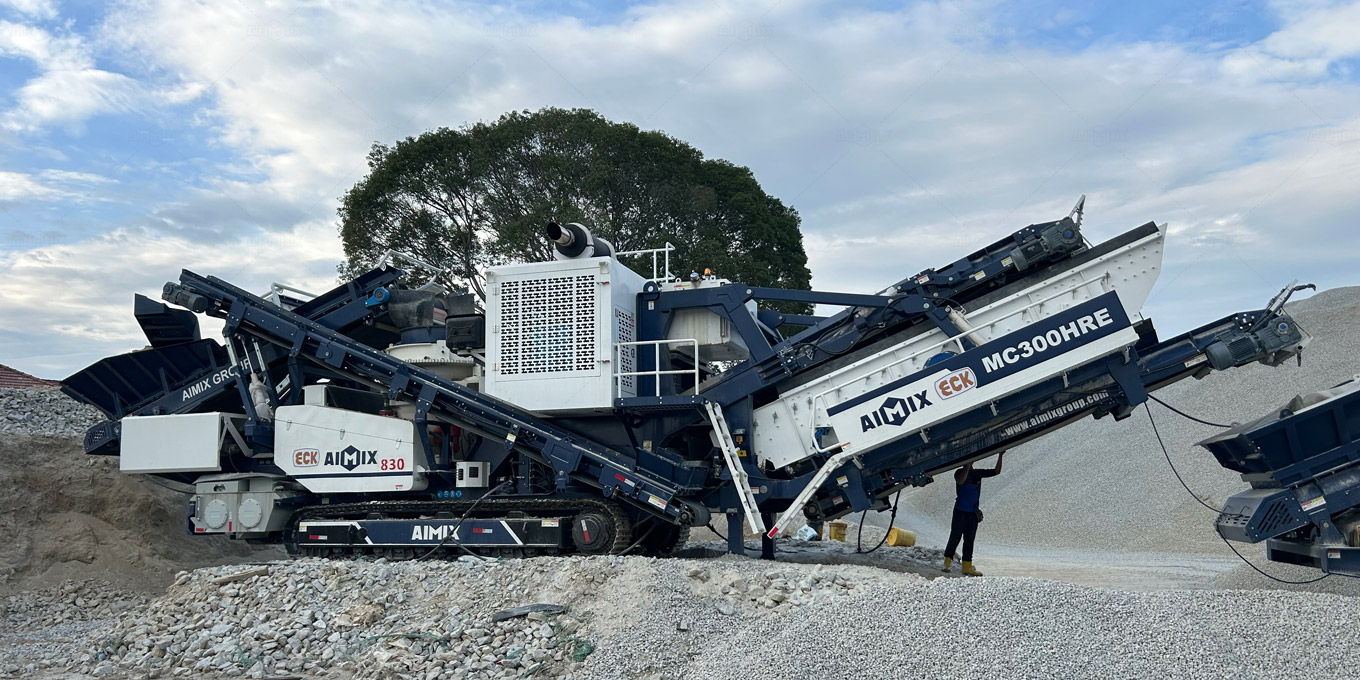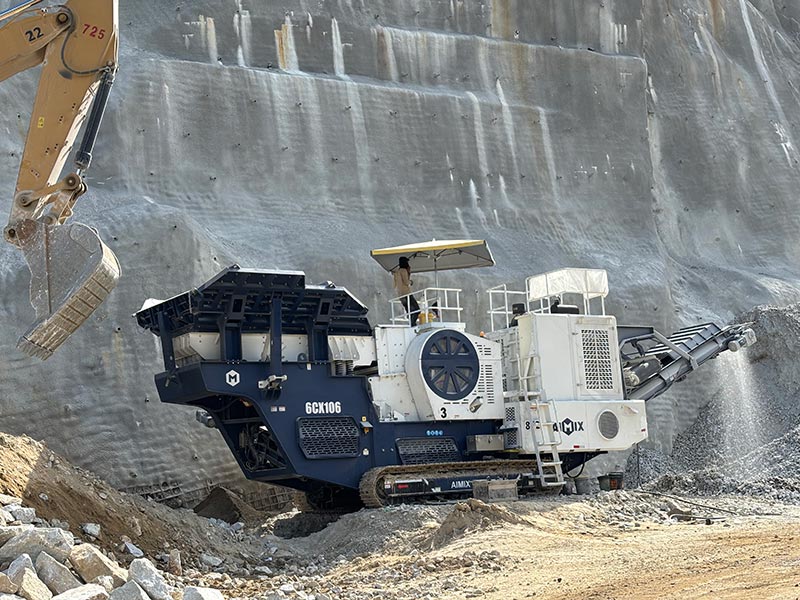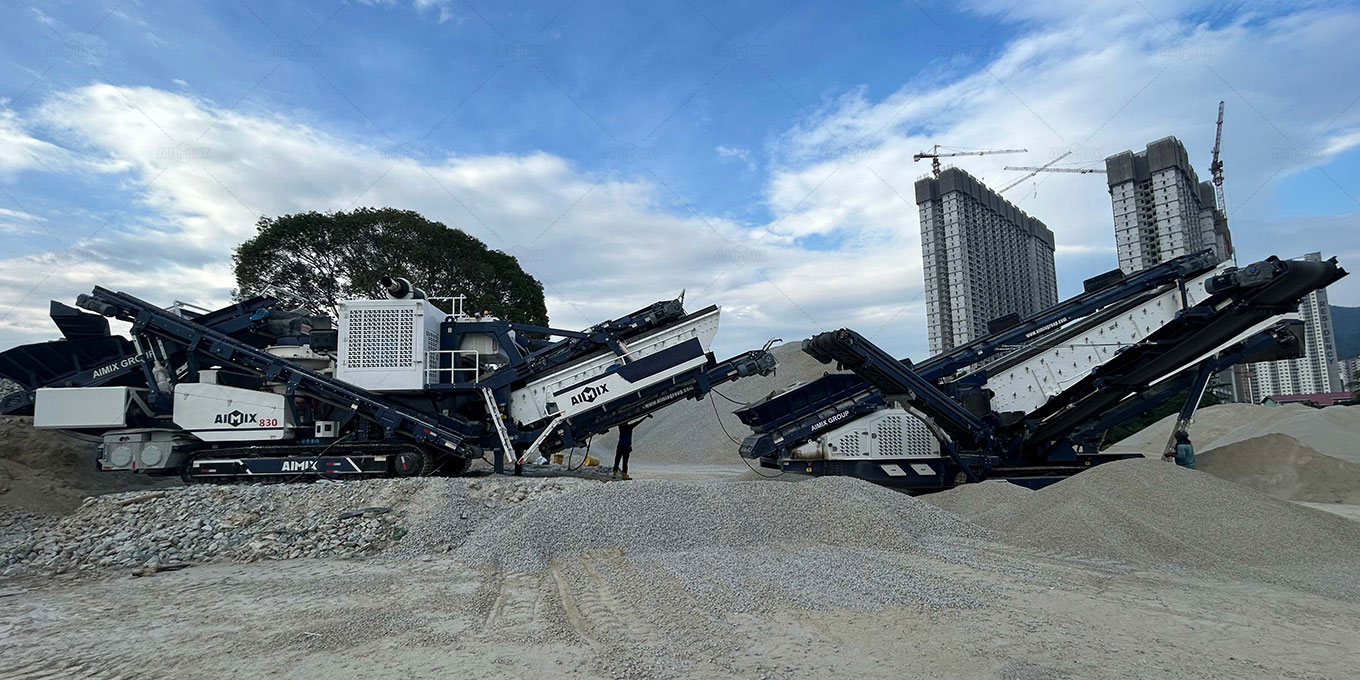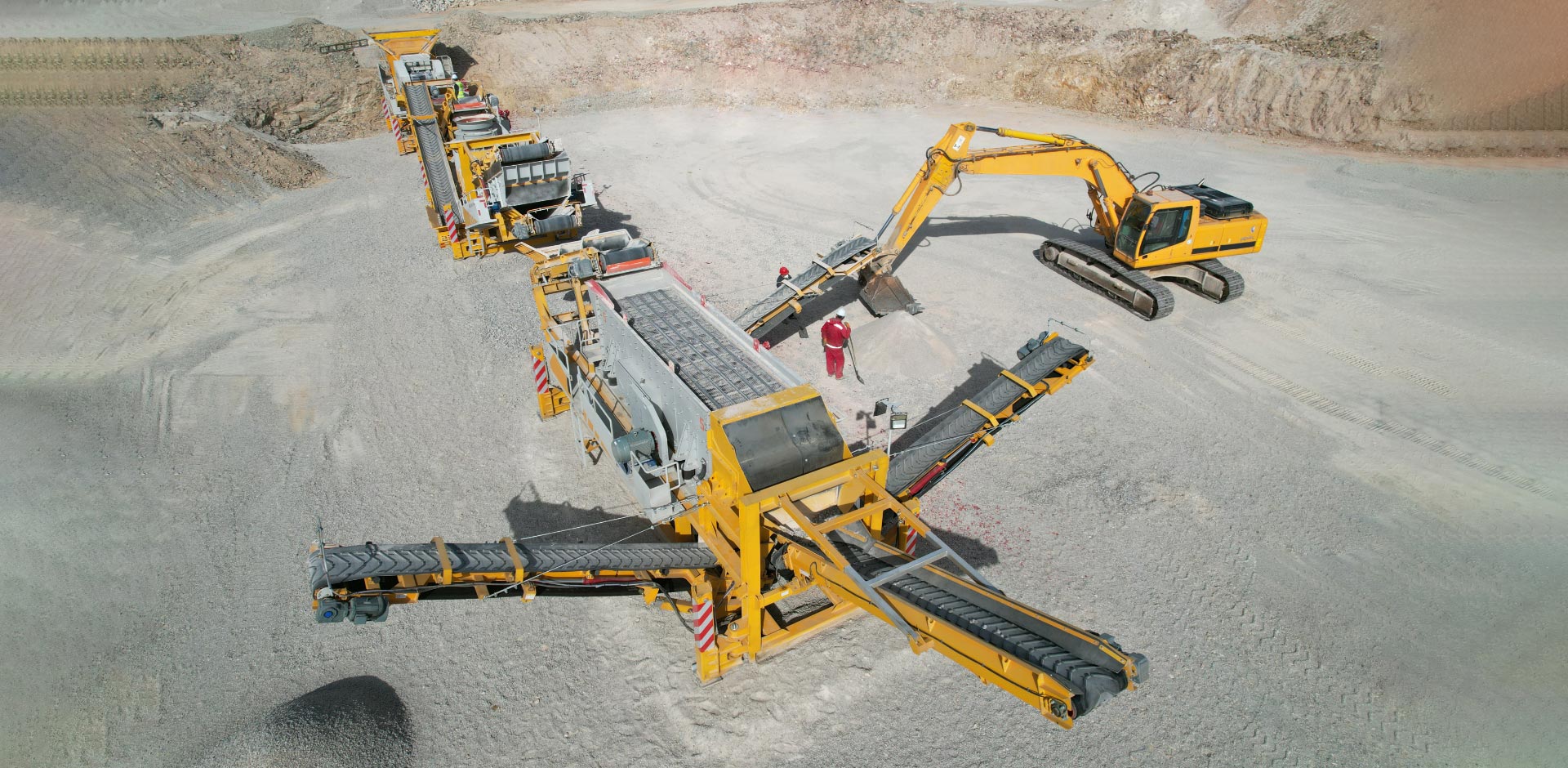Designing a 200 TPH crushing plant is a delicate exercise in equilibrium—where technical precision, budget alignment, and long-term productivity must converge. The crusher you choose forms the backbone of the operation. It determines throughput efficiency, energy consumption, and product consistency. Selecting the right stone crusher machine plant is not simply a matter of horsepower or cost; it’s about harmonizing capacity, adaptability, and reliability under real-world conditions.
I. Understanding the Demands of a 200 TPH Crushing Setup
A 200 TPH plant is no small feat. It must process thousands of tons of raw material daily, converting rugged rock into usable aggregate without faltering. The chosen crusher must withstand constant impact and friction, handle variable feed sizes, and deliver uniform output for downstream screening. This performance level demands mechanical finesse and a profound understanding of material dynamics.
1. Defining Throughput and Material Characteristics
Throughput governs everything. A crusher rated for 200 tons per hour should consistently deliver that output under typical site conditions. However, rock type plays a decisive role. Basalt, granite, and limestone behave differently under pressure. Harder stones demand higher crushing forces, which translates into increased wear and energy draw. Therefore, matching crusher design to feed hardness and moisture content ensures smoother, more predictable performance.

2. Evaluating Power Requirements and Machine Efficiency
Power is the unseen pulse of the plant. Overpowered systems consume unnecessary energy; underpowered units stall under strain. Efficient crushers transform mechanical energy into precise material reduction. Modern 200 tph crusher plant designs employ hydraulic adjustments, variable-speed drives, and intelligent sensors to synchronize crushing pressure and rotational speed. Such innovations cut operational costs while sustaining the 200 TPH target effortlessly.
II. Comparing Crusher Types: Jaw, Cone, and Impact
Each crusher type embodies a distinct philosophy of rock reduction. The key is not to find the “best” crusher universally but the right one for your material, output goals, and cost structure. A balanced approach weighs performance capabilities against maintenance needs and capital investment.
1. Jaw Crushers: The Steady Workhorses
Jaw crushers dominate primary crushing stages. Their robust steel jaws exert immense compressive force, ideal for breaking large, unprocessed stones into manageable fragments. Simplicity defines their charm—easy maintenance, long lifespan, and dependable throughput. Yet, their output shape leans coarse, often requiring secondary refinement. For a 200 TPH setup, a jaw crusher serves best at the front line, handling initial size reduction before material refinement downstream.

2. Cone Crushers: Precision and Consistency
Cone crushers epitomize controlled crushing. Operating through a gyrating mantle and concave surface, the cone crusher for sale excels in secondary or tertiary roles, producing well-graded, cubic aggregates. Their hydraulic systems permit real-time gap adjustments, maintaining uniform output despite feed fluctuations. Although their upfront cost is higher, their superior shaping ability and consistent output make them invaluable in plants targeting premium aggregate quality.
3. Impact Crushers: Power and Versatility
For dynamic projects demanding flexibility, impact crushers deliver. They pulverize material through high-speed rotor impact rather than compression, ideal for medium-hard rock and recycled materials. Their advantage lies in adaptability—able to produce fine or coarse output depending on rotor speed and curtain setting. However, frequent wear part replacement can escalate costs over time. When selected wisely, an impact crusher infuses agility into a 200 TPH line, particularly for variable feed types.
III. Balancing Cost, Performance, and Long-Term Returns
The ideal crusher choice transcends initial purchase stone crusher plant price. True economy emerges from sustained uptime, reduced maintenance, and predictable output quality. Balancing these parameters determines whether a plant thrives or merely survives.
1. Capital vs. Operating Costs
Capital expenditure is only the opening act. Operating costs—fuel, electricity, wear parts, and labor—compose the ongoing narrative. Cone crushers, for example, might cost more initially but prove more economical long-term due to lower liner wear and optimized crushing efficiency. Conversely, impact crushers, though cheaper upfront, can demand frequent component replacements. The intelligent investor looks beyond sticker price, evaluating lifecycle costs over 5 to 10 years.
2. Maintenance Intervals and Downtime Management
Every hour of downtime eats into profitability. Crushers with modular designs, quick liner replacement systems, and automated lubrication reduce stoppages significantly. Remote monitoring, a growing trend in modern plants, enables predictive maintenance—detecting vibration anomalies or temperature rises before mechanical failure occurs. For a 200 TPH operation, this foresight is invaluable; it safeguards consistency and preserves return on investment.

3. Matching Crusher Selection to Project Goals
No two plants share identical objectives. Some prioritize fine aggregates for asphalt; others require coarse base materials for road construction. The ideal crusher aligns with the plant’s end-use demands. A hybrid setup, combining a jaw and cone or impact crusher, often yields optimal flexibility. Such configurations allow operators to pivot between product types without complete reconfiguration—a crucial advantage in competitive markets.
Conclusion
Choosing the right crusher for a 200 TPH plant is not a matter of instinct but of informed strategy. It is a symphony of mechanics, economics, and foresight—where every decision reverberates through production cycles and profit margins. The balance between performance and price is fragile yet attainable when engineering precision meets operational pragmatism. In this harmony, a well-chosen crusher transforms from a machine into a long-term investment—driving progress, profitability, and the steady hum of industry itself.
